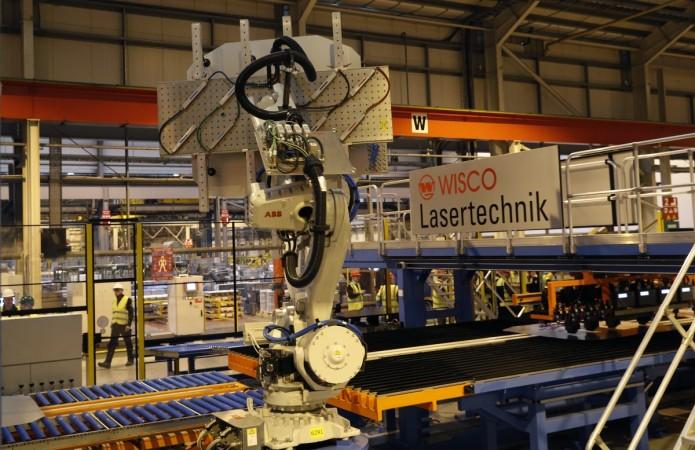
Global demand for steel is expected to grow at a slower rate next year in comparison to the current year, mainly due to subdued trends likely to prevail in China, which accounts for about 45 percent of world demand.
The global growth rate is expected to rise from 1 percent in 2016 to 1.3 percent (to 1,535.2 million tonnes) this year but slow down to 0.9 percent next year to 1,548 million tonnes, reflecting divergent trends worldwide, especially in the world's second-largest economy, China.
From 1.3 percent growth rate last year, China's steel demand is expected to remain flat in 2017 and fall by 2 percent in 2018, according to the World Steel Association's (WSA) short range outlook released on Friday.
"In 2016, steel demand recovery was stronger than expected with the upside mostly coming from China. We believe in 2017 and 2018 we will see a cyclical upturn in steel demand with a continuing recovery in the developed economies and an accelerating growth momentum in the emerging and developing economies. However, China, which accounts for 45 percent of global steel demand, is expected to return to a more subdued growth rate after its recent short uplift," T V Narendran, chairman of the WSA's Economics Committee, said in the outlook.
In 2016, global steel production rose 0.8 percent to 1,628 million tonnes, with China accounting for 808.4 milllion tonnes, or 49.6 percent, of the total world output.
Japan produced 104.8 million tonnes while India's crude steel production was 95.6 million tonnes, an increase of 7.4 percent over 2015. South Korea produced 68.6 million tonnes of crude steel in 2016, marking a decrease of 1.6 percent when compared to 2015.
Key drivers of steel demand and how they are trending
The key consumption sectors are automobile, construction and infrastructure for the metal worldwide.
The high growth rate of consumption in the automobile sector, aided by low crude oil prices and government stimulus programmes may have lead to a spurt in vehicle purchases worldwide, but that may be reaching its "peak", according to the outlook.
As for the construction, building and infrastructure sector, which accounts for 50 percent of global steel use, the pattern is mixed between the developing and developed economies.
"This sector has been a major driver for steel demand in the developing countries driven by urbanisation, but activity in the developed economies since the 2008 financial crisis has been more subdued. This appears to be about to change with a recovery in construction activities apparent in the EU through the improving economic conditions and the potential renewal initiatives for infrastructure in the US," the outlook said.
Shipbuilding, which is another contributor to steel demand, is facing weak activity following a global glut in capacity, and therefore likely to witness weak demand for some time.
Steel producers in India include Tata Steel, JSW Stee, state-owned Steel Authority of India, Jindal Steel, Welspun Corporation and Maharashtra Seamless. Indian companies produced 8.1 million tonnes of crude steel in February this year, an increase of 8.9 percent over February 2016, the WSA said in an update last month.
None of the companies figure in the list of India's top 10, most-valued entities.


















